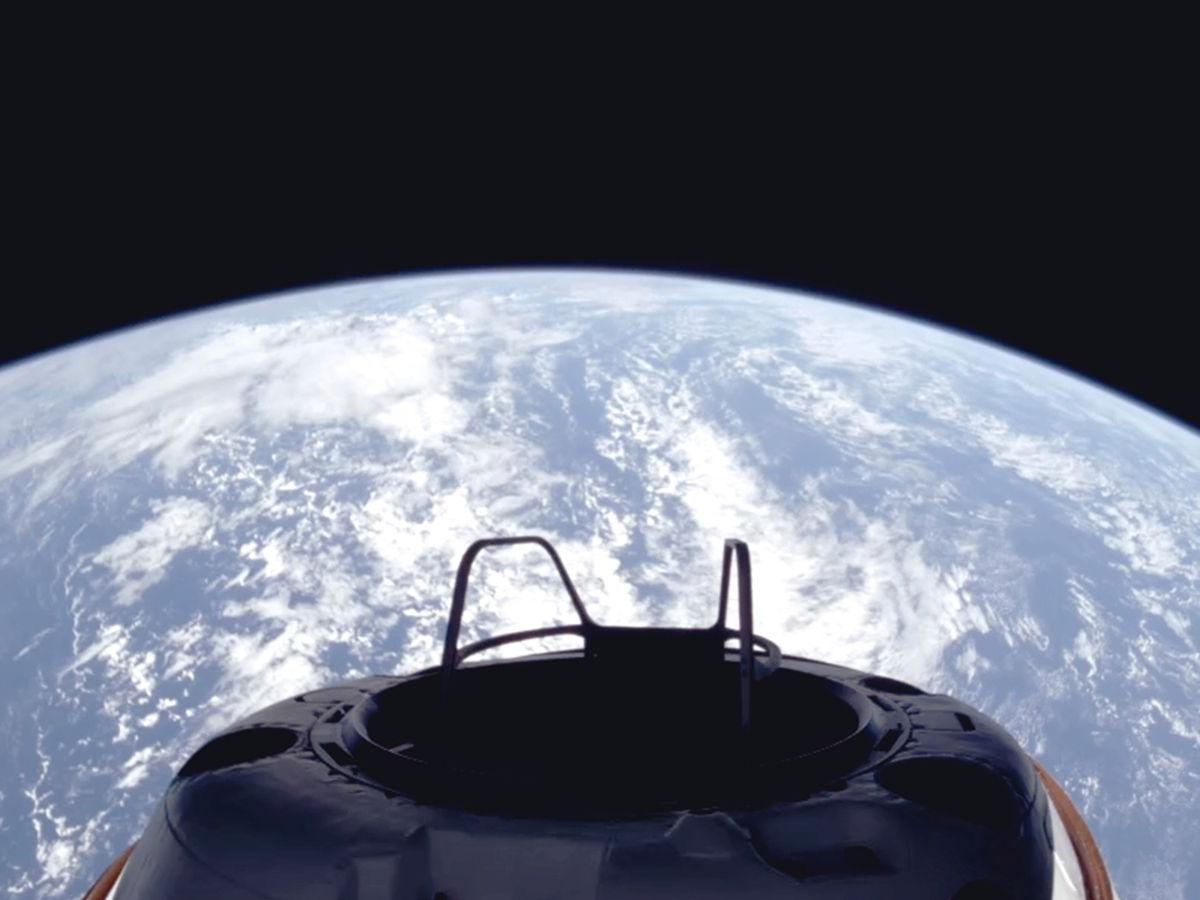The SpaceX Polaris Dawn mission is poised to make history with the first-ever private spacewalk, now rescheduled for September 12, 2024, at 11:58 AM CEST (5:58 AM ET). The mission, led by billionaire Jared Isaacman, has already achieved a significant milestone by reaching an altitude of 1,400 kilometers, the farthest point from Earth since the Apollo moon landings over 50 years ago.The four-person civilian crew, consisting of Isaacman, Sarah Gillis, Scott Poteet, and Anna Menon, has been orbiting Earth since Tuesday. Isaacman and Gillis will conduct the spacewalk, exiting the Crew Dragon capsule while tethered by oxygen lines, as Poteet and Menon monitor from inside. The spacewalkers will test new SpaceX-developed spacesuits, which are designed for future missions and potential use on Mars.This groundbreaking mission aims to push the boundaries of commercial spaceflight and contribute to scientific research. The crew will conduct 36 experiments, including collecting data on the effects of space travel on the human body. Sean O’Keefe, former NASA administrator, emphasized the mission’s risks, stating, ‘The risk is not zero, it’s certain. And it’s undoubtedly higher than anything that’s been accomplished by the commercial sector so far’.The Polaris Dawn mission also includes testing optical communications through SpaceX’s Starlink satellites, potentially revolutionizing data transmission from spacecraft to ground stations. The entire spacewalk process, including the gradual depressurization of the capsule and the actual EVA, is expected to last around two hours.This private endeavor marks a new era in space exploration, with SpaceX aiming to produce millions of these suits in the future, enabling humanity to become a multi-planetary species. As Isaacman stated, ‘One day, someone could wear a version on Mars’, highlighting the long-term vision behind this historic mission.
Key points
- SpaceX’s Polaris Dawn mission is set to conduct the first-ever private spacewalk, now rescheduled for September 12, 2024, at 11:58 AM CEST.
- The mission has reached a record altitude of 1,400 kilometers, the highest since the Apollo missions.
- The crew will conduct 36 scientific experiments and test new SpaceX-developed spacesuits.
- This mission marks a significant step in commercial spaceflight and future space exploration.
Contradictions👾There are slight discrepancies in the reported altitude of the mission, with some sources stating 700 kilometers and others reporting 1,400 kilometers.
The higher figure appears more consistently across sources and aligns with the claim of being the highest altitude since Apollo missions.
